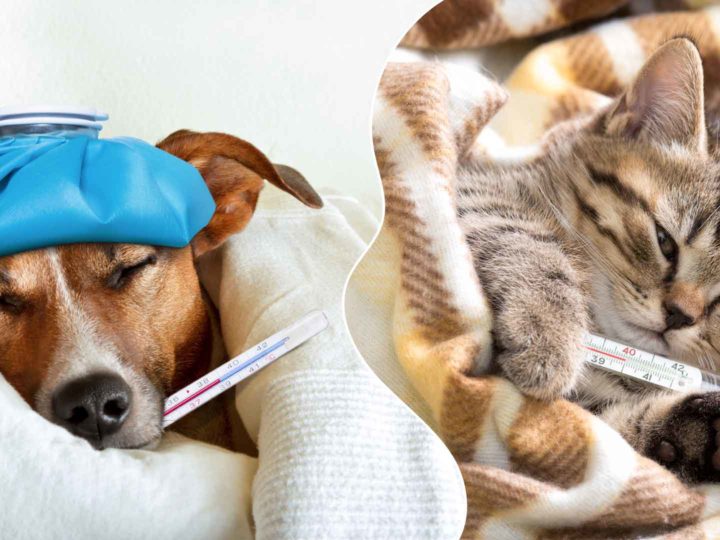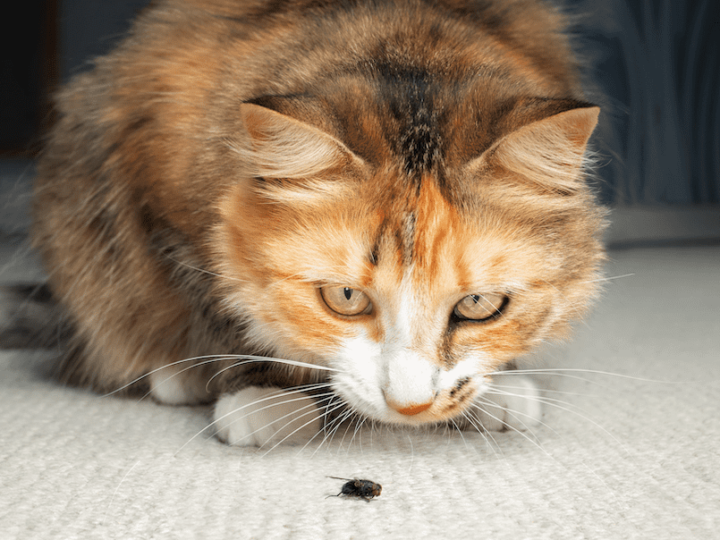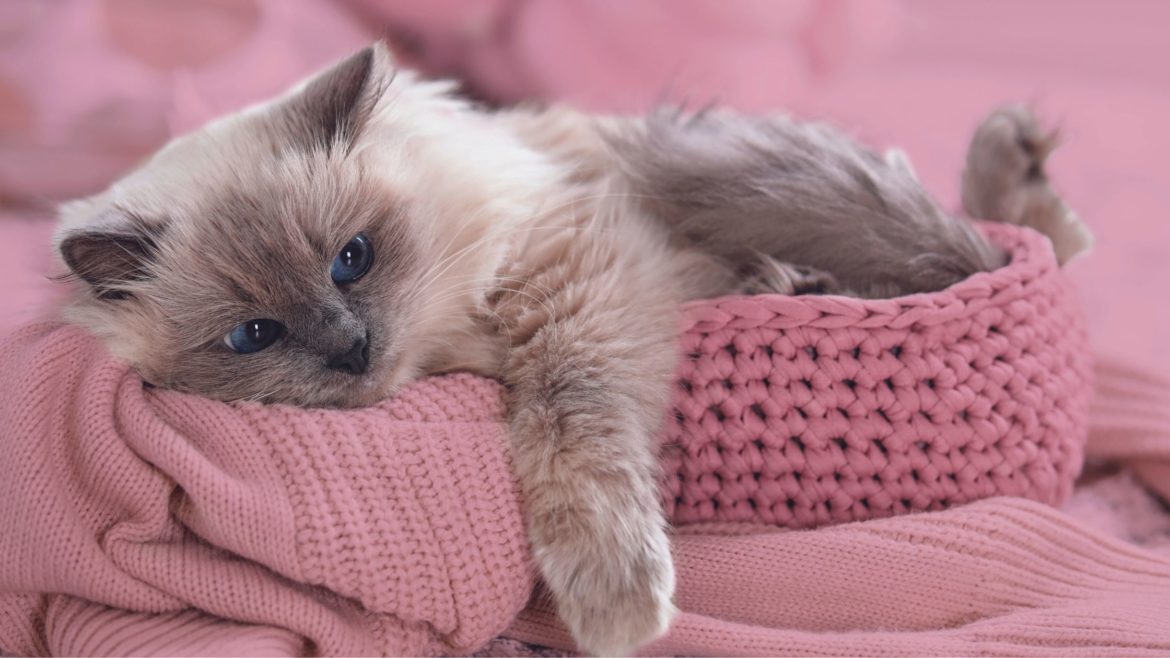
Yes, and especially in the colder months. It can easily happen to your pet, just like you, from being susceptible to air shocks and seasonal viruses that will tax their immune system and contracting some seasonal ailment. But do we have to worry? What can we do if the cat catches a cold?
The first thing is to calm down: cats often catch a cold because it is a very common ailment among felines, especially if they are used to being outside. But we must not underestimate the symptoms and duration of the cold, because they could hide some pathology that is more difficult to cure with drugs and under veterinary control.
But let’s see how to recognize a feline cold
Don’t be surprised if a cat with a cold has more or less the same symptoms as the owner! They do not differ much from the classic symptoms that we have when we contract a seasonal virus:
- Frequent sneezing
- Runny nose
- Crying eyes
- Lack of appetite
- Irritated nose
We have to remember that the cat’s cold can be caused by a virus, but also by environmental or allergic factors, which can be shown with the same symptoms or favour the appearance of autumn diseases. Also be careful with the other cats, because they can infect each other, be it the cold virus or other bacteria, so it is better to pay attention to the cleanliness of the bowls (if they share them) and the clothing.
Caring for a cat with a cold
As in our case, there is no real cure for the cold and in case of worrying symptoms (difficulty breathing, lethargy and refusal of food) it is always necessary to go to the veterinarian who will be able to decide if the cold is the only virus that it is necessary to cure or if there is something more serious; the vet will be the only one who can prescribe a pharmacological cure. In the meantime, supportive treatment can help speed recovery.
But there are some small precautions that we can give our pet to prevent our cat’s cold. Above all, avoid bathing him too often, resorting instead to more frequent use of dry shampoo or quick cleaning without rinsing.
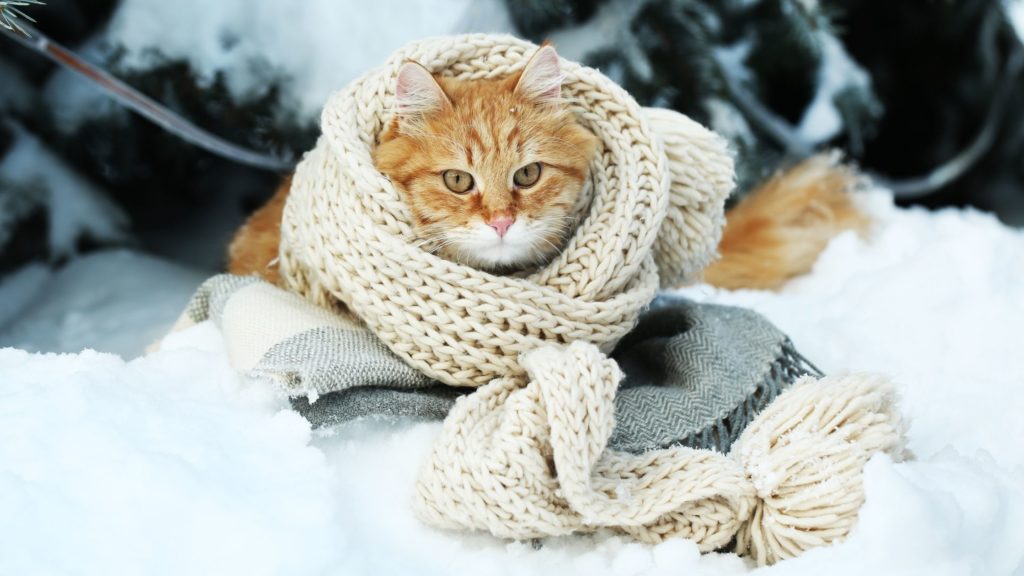
Also the application of a protective balm for the pads can help protect the feline’s paws from cold and humidity. The pads are very sensitive and, during their small escapes to the outside, in this season, the cat could come into contact with wet and cold surfaces.
for the pads can help protect the feline’s paws from cold and humidity. The pads are very sensitive and, during their small escapes to the outside, in this season, the cat could come into contact with wet and cold surfaces lotion , softening lotus flowers and relaxing and calming eyebright distilled water. In addition to thoroughly cleaning the area, the lotion prevents irritation caused by smog, guaranteeing long-lasting protection.
To relieve your cat’s cold, it will also be very useful to humidify the environment, an operation that will help its nose to decongest, exactly as it happens with newborns. If you don’t have a vaporizer or humidifier, a hot shower can help. Take the cat into the bathroom with you and turn on the hot water so that the air is filled with steam. A 10-minute session a day works great! Don’t go over 10 minutes because hot air for a long time can be difficult for some pets to breathe, especially short-nosed Persians.
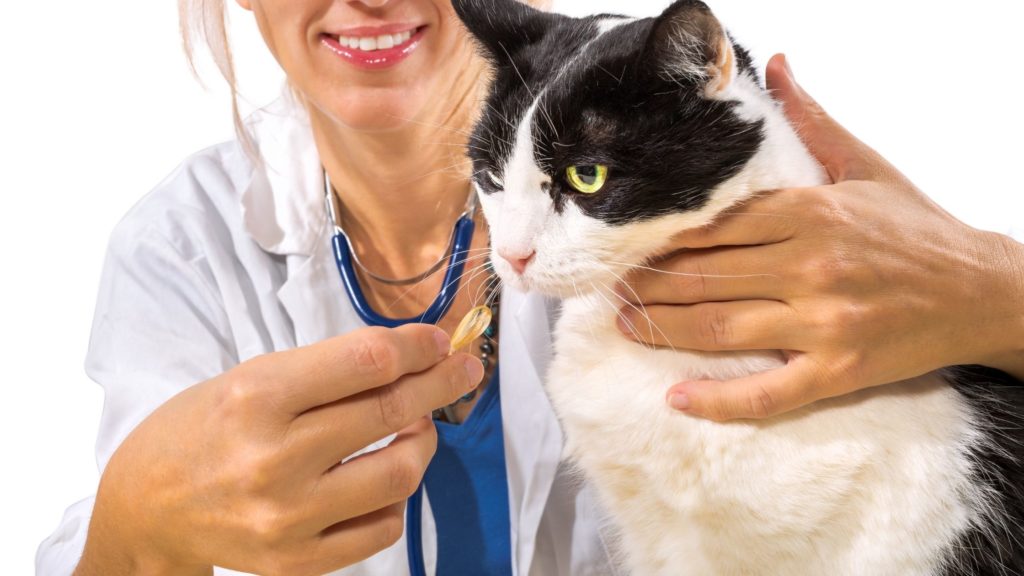
It may take one to three weeks for the virus to clear from the respiratory tract, so be very patient. If the symptoms persist longer than normal or worsen, take the cat to the vet immediately. You may need breathing treatment, supplemental oxygen assistance, antibiotics, or another prescription that only a specialist can prescribe.




